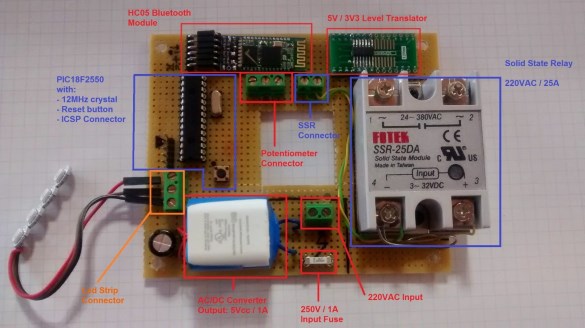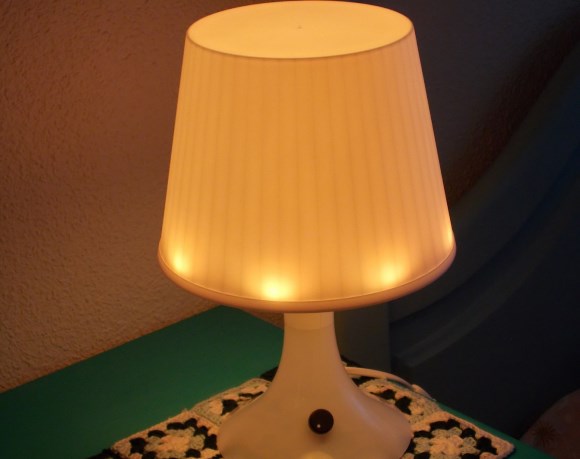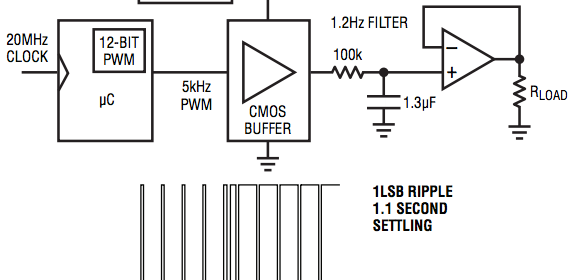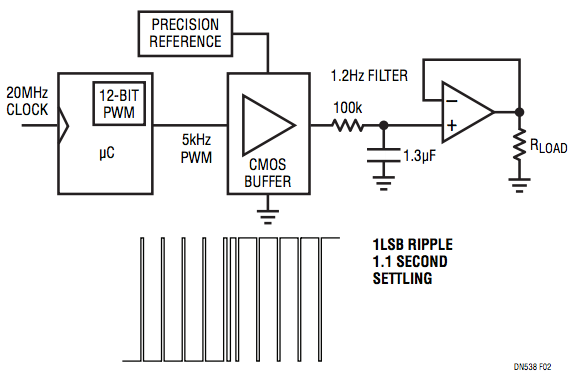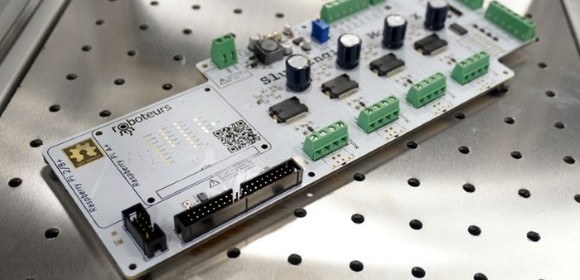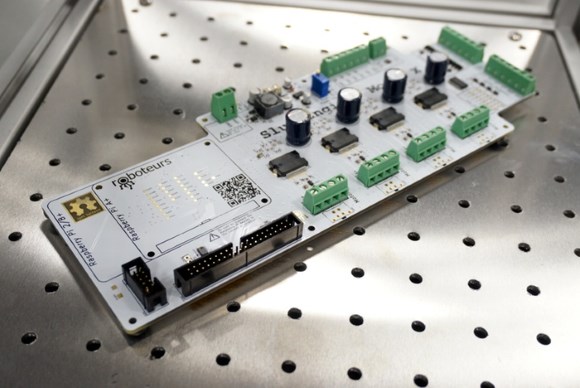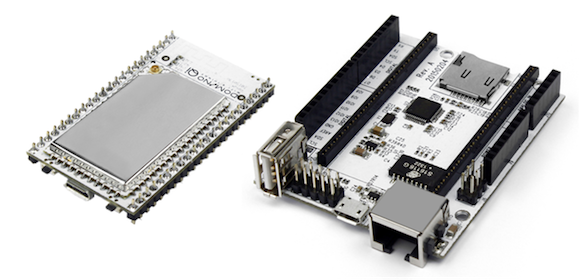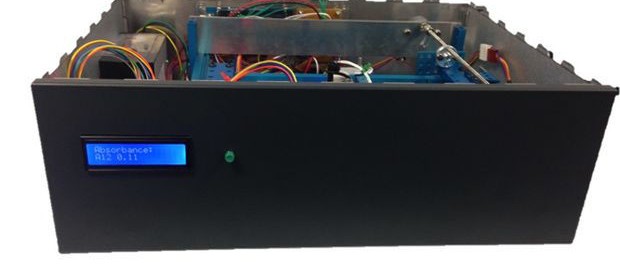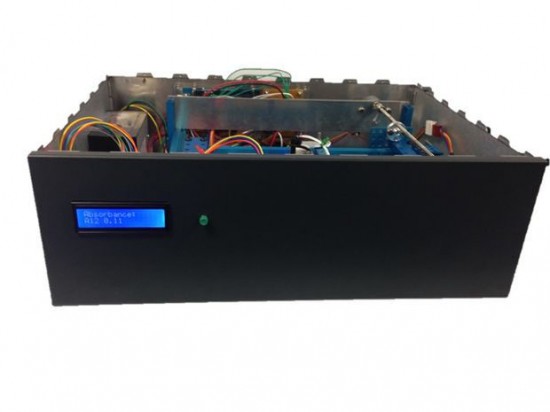Hacking IKEA LAMPAN table lamp
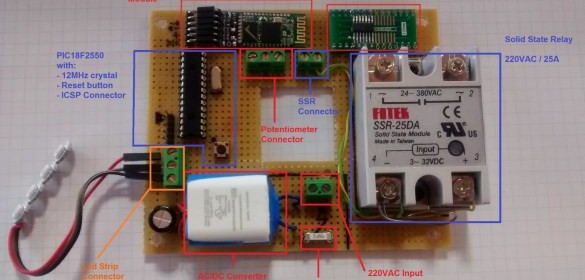
Last month, we looked at a IKEA Molgan Lamp hack and adding ESP8266 connectivity to it. Here is another IKEA lamp enhancement project by Jesus Echavarria from Spain, where he hacked IKEA LAMPAN to include features like manual RGB controller to set the light colour, a timeout to turn off the light after 30 minutes without changes and a bluetooth connection to control the lamp with a smartphone or tablet.
The system is based on a PIC18F2550 microcontroller, with a 12MHz external crystal. This allows run up to 48MHz internal code (using the internal PLL), necessary to manage the RGB leds. The RGB led’s I use are this ones, that has built-in the WS2811 controller (are compatible with Adafruit Neopixel ones). I use 8 leds for the lamp illumination. Note the 100uF capactitor (C3) near of the led connector, to prevents the initial onrush of current from damaging the pixels. Also, R2 resistor (330 ohm) is bwtween the microcontroller pin and the first led to prevent voltage spikes. Check Adafruit Neopixel Guide for more info.
